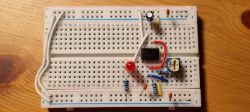 .
.
Hello,
after a Chinese timer failed (flooded with water), I decided to construct my own two-channel one. The programmer is to operate the circulation pump and the lighting in front of the building. I opted for solid-state relays because of their 'eternity' and silent operation. The rest is classic with an Atmega 328 and a DS1307 chip with battery backup.
The software was developed in Arduino, features include:
- two independently programmable output channels
- PWM-controlled screen saver
- clear and simple menu
- settings saved to EPROM as required
Problems with the printer and limited time did not allow me to refine the label in the area of, shall we say, aesthetics. Another thing is that a boiler room is not an industrial design exhibition. I leave it to the viewers to judge the viability of this type of design in these times of ubiquitous Chinese products.
The software contains delayed instructions and therefore falls under the Hague Tribunal and will not be published.
 .
.
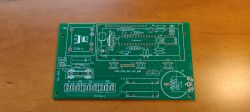 .
.
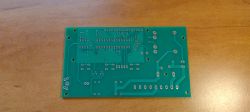 .
.
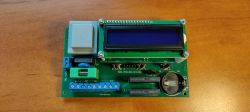 .
.
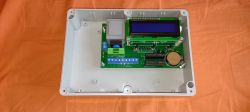 .
.
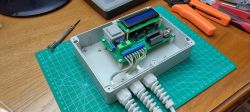 .
.
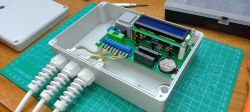 .
.
 .
.
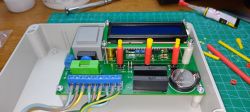 .
.
 .
.
 .
.
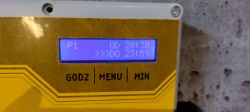 .
.
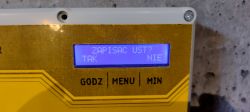
 .
.
Cool? Ranking DIY




